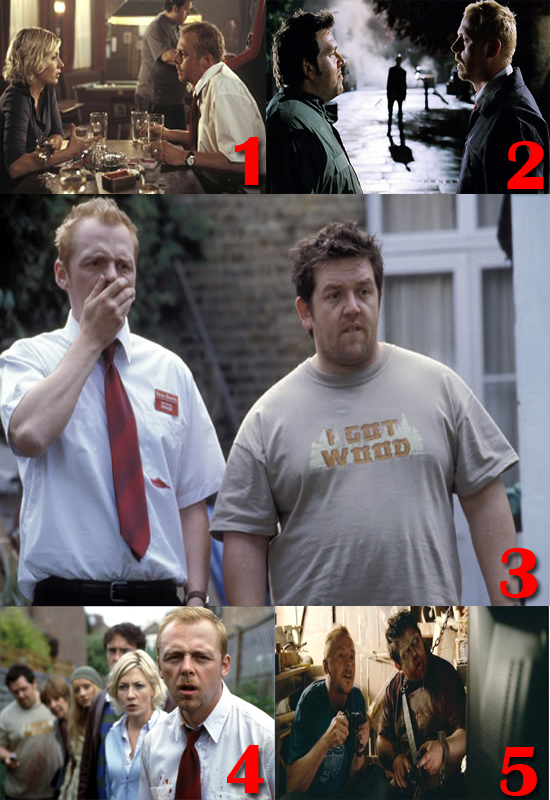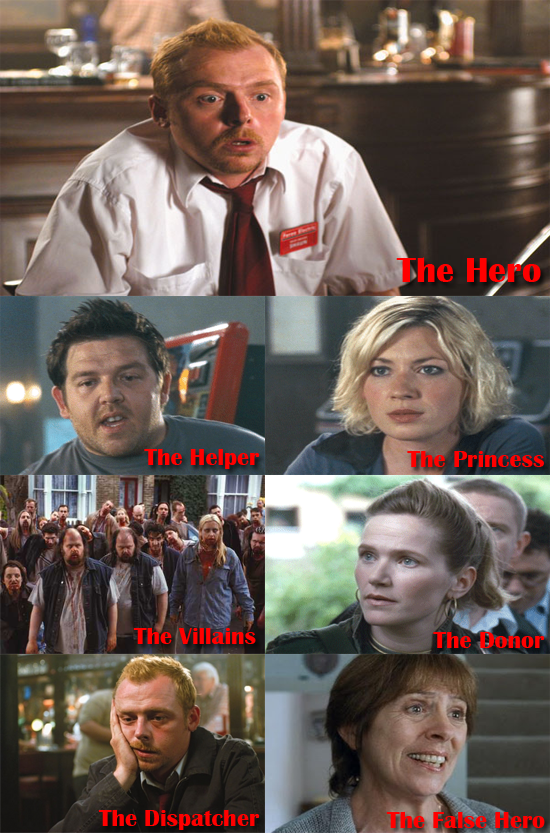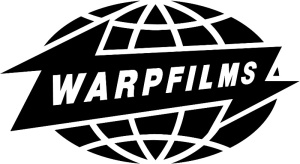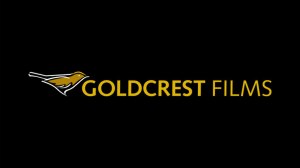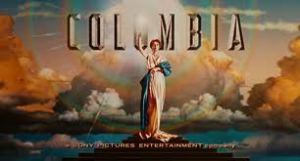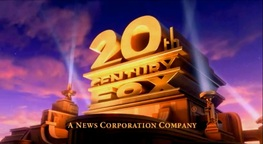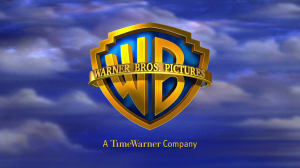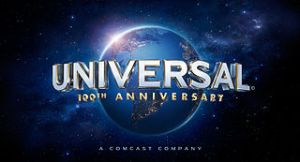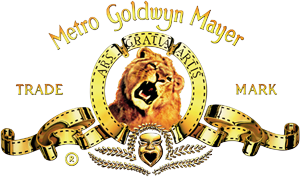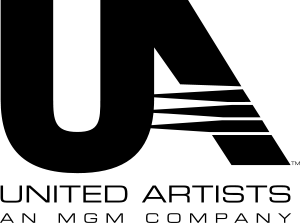My Review of Abbi’s A2 Media Coursework
Abbi,
The content of your A2 Media blog clearly demonstrates that you have a high level of understanding of the horror genre and what it takes to create a successful horror teaser trailer along with the two ancillary products. You have thought very carefully about the forms and conventions that need to be included in your media products and applied them really well.
It is clear that your detailed analysis of trailers, posters and magazine covers have been useful in the production of your own media products and stating your influences has also demonstrated your understanding of the genre further.
Your extensive research into narrative theories as well as the horror genre itself shows that you are committed to the project and that has resulted in you achieving three brilliant media products. It seems you have also developed many skills during the creating process on software such as Adobe Premiere Pro CS6, which will be useful for you in the future, again showing your commitment to the project.
You have applied knowledge we acquired last year during our AS year to do with camera shots/ angles and editing, and have used these micro elements very successfully.
Overall your three media products are consistent and work very well together. I really enjoyed watching your trailer and it evoked all of the emotions and feelings you would expect from a horror film trailer. I really like all three of the media products.
Shannon Cotton
Abbi’s Review of My A2 Media Coursework
Shannon,
From your A2 Media blog I can clearly see the product you intended to produce throughout your whole project. To start with their is a great amount of research you have done, you have clearly looked at existing magazine front covers, film posters and trailers- this clarifies that you are trying to get as much knowledge as possible before you go onto producing your own.
The presentation of your blog is easy to read. It is easy to follow and I don’t have to keep going back, I can see the steps that you have taken to get to your final pieces. You have clearly demonstrated on each post what you are aiming towards and why you have analysed/criticised/chosen to talk about it.
You have shown a clear understanding of the skills and technology you have used, especially in Photoshop, Adobe Premiere pro and the internet itself. You have applied your knowledge well, and referred back to the terminology from the theory side, you have also related back to the theory side by showing your understanding of narratives, feminist theory and postmodern theories, this shows that not only have you produced two fantastic pieces, you have analysed the theory behind it which has lead you to produce these pieces.
I can see the clear development of your final pieces and the depth of thought you have gone through to successfully complete them, such as doing questionnaires and getting feedback, also thinking about colour scheme and typography. You have shown the forms and conventions of magazine front covers, film posters and trailers that you have considered to bring the pieces together. I also like the development, the print screens gives me a clear understanding of the process you went through and the changes you made depending on your feedback.
As much as I enjoyed looking and watching your final pieces, the only constructive criticism I have is dialogue in the trailer. Dialogue is a convention in a trailer from what I have researched and I think this would work well, especially with the captions, there could be a few voice overs. I think that as you can’t actually see the characters faces, you could get a feel of what they are like through their voice. On the other hand, this may not work at all and it only works in a few trailers. Having no dialogue could be something you have specifically not put in.
In conclusion, I really enjoyed analysing your blog as it is beneficial to both of us. All your final pieces are superb and I think they all link together perfectly. The images clearly link with the trailer and so on. I definitely got a fright from your productions and I think they are all great.
Abbi Chard.
